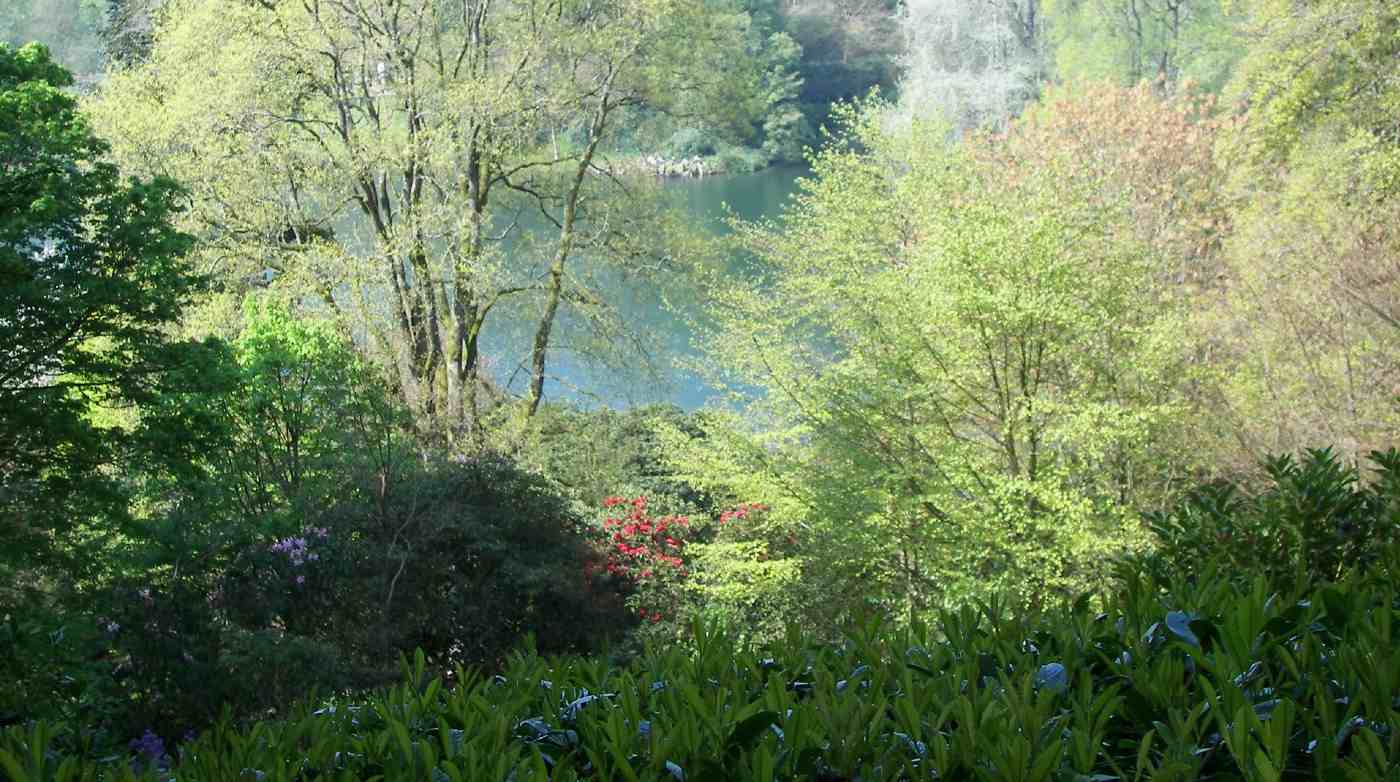A rewilding revolution which took root 30 years ago in the English Midlands has branched out over 200 square miles, becoming one of the most successful efforts in Europe.
The National Forest now consists of nine million trees spread across three counties, and links the ancient woodlands of Needwood, and Charnwood.
Reforestation has exploded across Europe, the continent that’s lost more of its forests over the last 200 years than any other. Between 1990 and 2010, tree cover increased by 11 million hectares, or around 27 million acres, and just since 2015, €8.2 billion has been earmarked by governments for reforestation efforts.
The significance of the National Forest comes partly from where it’s taken shape. The English Midlands is one of the West’s famous mining regions, like the Ruhr Valley or the Appalachians.
The history of the towns in the counties of Derbyshire (D-Arbee-sher), Leicestershire (Less-ter-sher), and Staffordshire are entwined with an industry that gradually died off, leaving behind disused mining pits and quarries as stains on the landscape.
Now such blemishes have been turned into green parks and nature reserves, and have been combined with the surrounding countryside, farmland, and existing woods to give England a wilder heart.
It’s also opened the Midlands up to many new forms of income for locals in historic towns like Burton-upon-Trent and “Coalville.” Every year the National Forest hosts the Timber Music Festival, a three-day celebration of nature, wilderness, and quiet reflection.
Many of the villages are connected by the National Forest Way, a three-day walking tour that traverses the forest and its mosaic of landscapes from east to west.
It’s also proving a success for England’s forest schools, a new form of intermittent schooling that teaches children about the woods, animals, the web of life, and more. Little Acorns Forest School moved into the National Forest in 2015, and is now teaching everyone from toddlers to high schoolers.
The success of the National Forest has been so strong that the English government’s Department for Food, Economic and Rural Affairs has pledged to plant 500 hectares of forest across Britain’s northeast, or the equivalent to 35 (English) football pitches. The project will include South Tyneside, Durham, Gateshead, Newcastle, and Sunderland.
But it’s not only the chief region of the UK that’s proud of their new National Forest. Wales recently embarked on a journey to link every existing woodland in their country with their own National Forest; a “Wales-wide” initiative to return rural lands to something like how it would have been in the past.
HELP Good News Flourish by Sharing This One With Chums…





















The rewilding revolution is so hopeful. I think the only way humanity survives extinction is in harmony with Mother Earth, and movements like this help us reconnect.
Most life forms on the planet survive because of a symbiotic relationship with other species. Humans need everything the planet has to offer, for us to survive. I don’t see much that needs us. Maybe places like this will help us remember that we share the planet, we don’t own it.